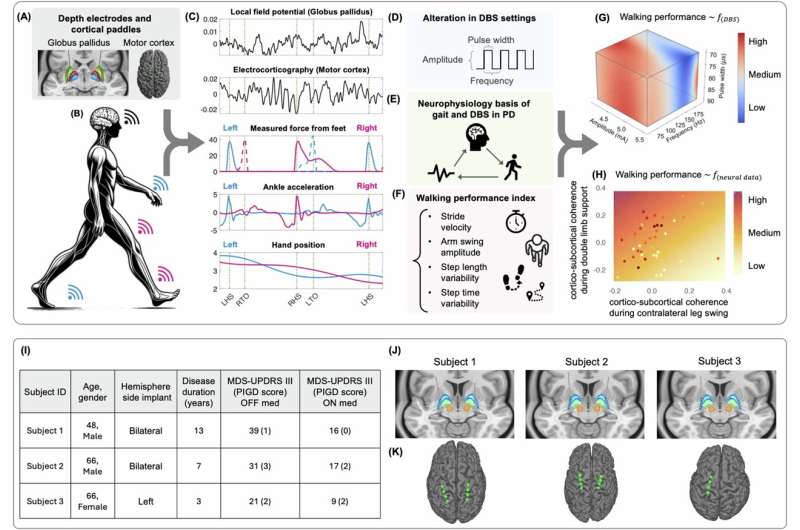While high-frequency deep brain stimulation (DBS) is highly effective for lessening symptoms of tremors, rigidity, and bradykinesia (the slowing of movement), its impact on gait has been more variable and less predictable among patients with advanced gait-related problems. Significant challenges in enhancing DBS outcomes for advanced gait disorders have included the lack of a standardized gait metric for clinicians to use during programming, as well as understanding the impact of different stimulation factors on gait.
In a recent study, researchers at UCSF developed a systematic way to quantify key aspects of gait relevant to Parkinson’s and used machine learning to identify the best DBS settings for each individual. These personalized settings led to meaningful improvements in walking, such as faster, more stable steps, without worsening other symptoms.
Their study results are published in npj Parkinson’s Disease.

